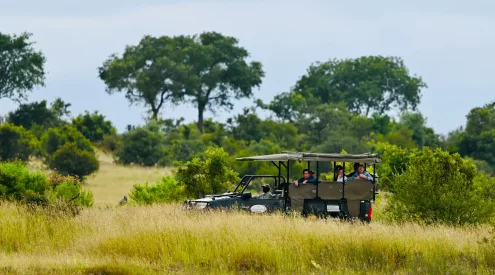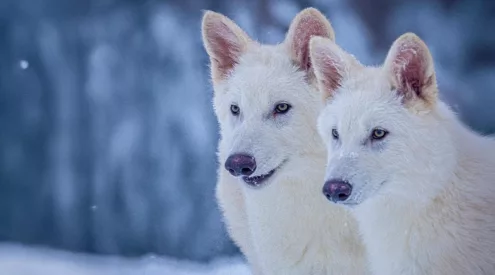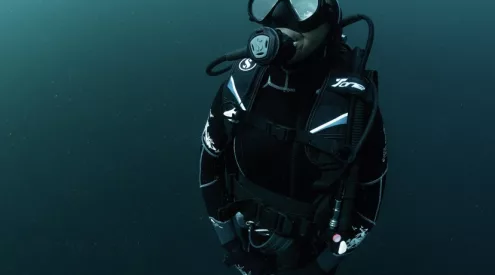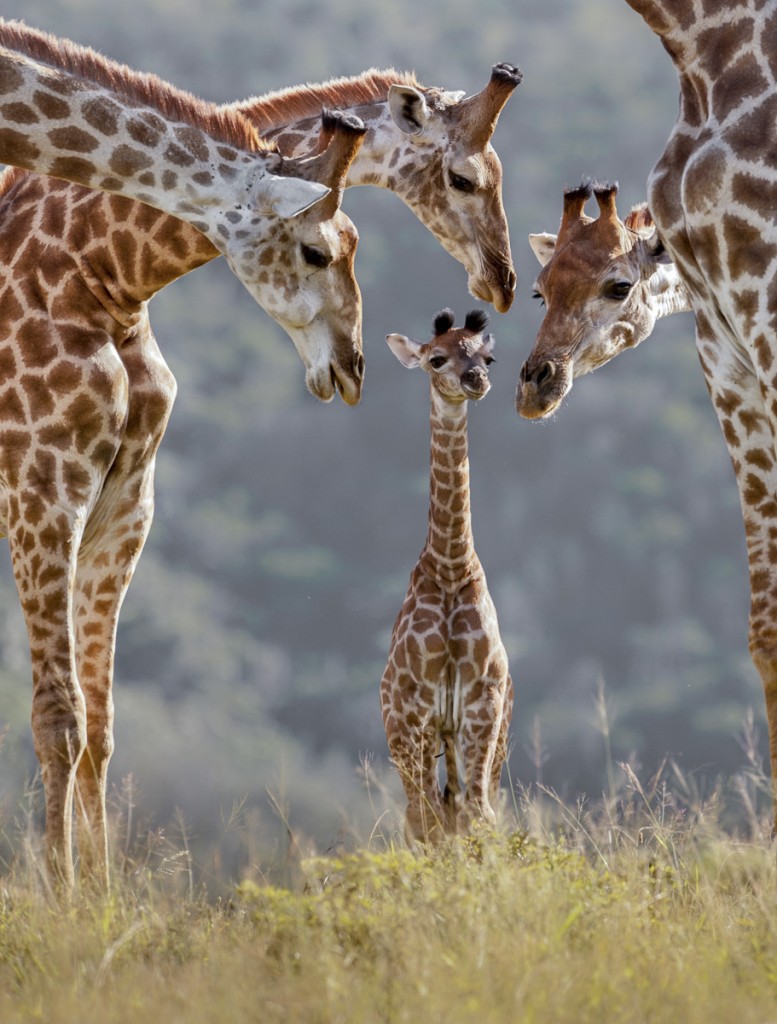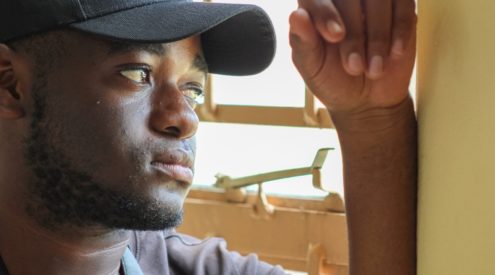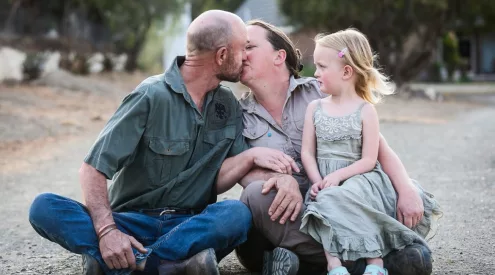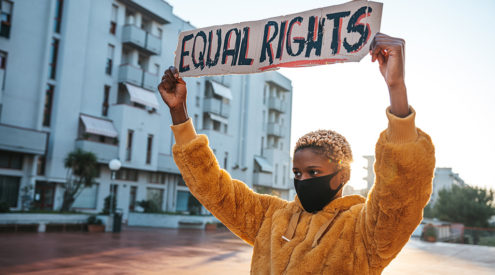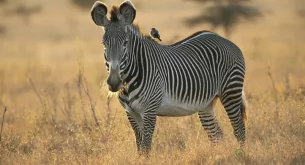The furore over the decision to euthanise a giraffe at the Copenhagen Zoo is misplaced, and highlights our strange modern relationship to animals.
The furore that’s been made over Marius, the young male giraffe that was put down in Copenhagen Zoo on Sunday 9 February, was one of the most depressing things that happened this week. Petitions were signed, money was raised, crowds gathered, and animal-lovers all over the world wept for this one individual animal. It was depressing because it showed us how little most people understand about animals.
The story perpetuated in the online space is that he was killed for no reason and then butchered in front of a group of traumatised school children. The reason, according to the zoo, was that Marius’ genes were too close to already-existing giraffes for him to be useful for breeding purposes and he couldn’t be relocated due to EU conservation laws. I’d say that protecting viable genes to ensure the survival of a species is, you know, the one good reason zoos exist. Besides – Marius had a good life. He was anaesthetised and then killed. He had a name, and his remains were used as efficiently as possible given the circumstances. Can’t really say the same for the millions of cows killed for our tastebuds every year, can you?
Maybe the problem is that he was ‘dismembered’ in front of the public. Even CHILDREN were there. Do these evil money-grubbing zookeepers have NO SHAME? Well, speaking as one of the many kids fascinated by the story told by fish guts on family trips, no. The urge to figure out how things work, especially things as miraculous as life, is something that should be protected. If dead things are so offensive, perhaps we should put blinkers on our children when they walk past the beef mince in the supermarket aisle.
It seems that there are two ways in which people approach animals these days: either they’re a pet, or they’re already mushed into a hamburger. The photo of someone cuddling a lion cub is a prime example of this tendency. Raise your hand if you have that photo. Now lower it and give yourself a smack on the back of the head. Maybe you didn’t know it at the time, but lion parks are not conservation. The desire to put wild animals into a box that says ‘friend’ on it is a dangerous one. Take, for instance, the story of the tourist who was killed by a hippo in Kenya last year. We don’t want to see or know about their ‘red in tooth and claw’ aspects, just like we don’t want to know about the backstage gore in the production of our food.
I’m not a big fan of zoos. For me, a real animal encounter is the one where hours (or even days) of searching leads to a lucky moment in which you see (or hear) an animal hiding in a tree; dozing in the sun; or perhaps, if you’re very lucky, hunting. Adrenalin rushes through your body. You can hear your heart beating in your ears. You hold your breath. You are one of the lucky ones – you’ve experienced a gorgeous creature doing exactly what it has evolved to do.
This is why the outcry to save Marius makes me see red. Where is the support for the forest elephants under siege in Central Africa? Where is the money to sponsor the very expensive radio-collars used in tracking and conserving wild dogs? Have these ‘animal lovers’ considered boycotting palm oil, and donating to rainforest rehabilitation to stop the near-extinction of orangutans?
None of these things will happen, for two reasons. Firstly, endangered wildlife is not a new outrage. It’s something we’ve sadly grown used to. Secondly: animals in the wild don’t have names (mostly). It’s hard to imagine them being our ‘friends’, and thus most people just don’t care (maybe South Africans are less prone to this, seeing as we get more exposure to the wild than your average European).
Perhaps the Copenhagen Zoo’s decision was hasty (their PR could certainly do with some work). But I trust that the highly trained people running the zoo know more than I do about animals, let alone the legal and administrative issues involved in moving a giraffe across borders. They do not deserve death threats and vilification – especially when their biggest mistake was forgetting the one rule familiar to everyone who grew up on a farm. Namely: never name anything you may one day have to eat.
Only when the same amount of vitriol, money and outrage is poured into wildlife conservation and general animal rights, will I even begin to consider taking the Copenhagen Zoo protestors seriously.


